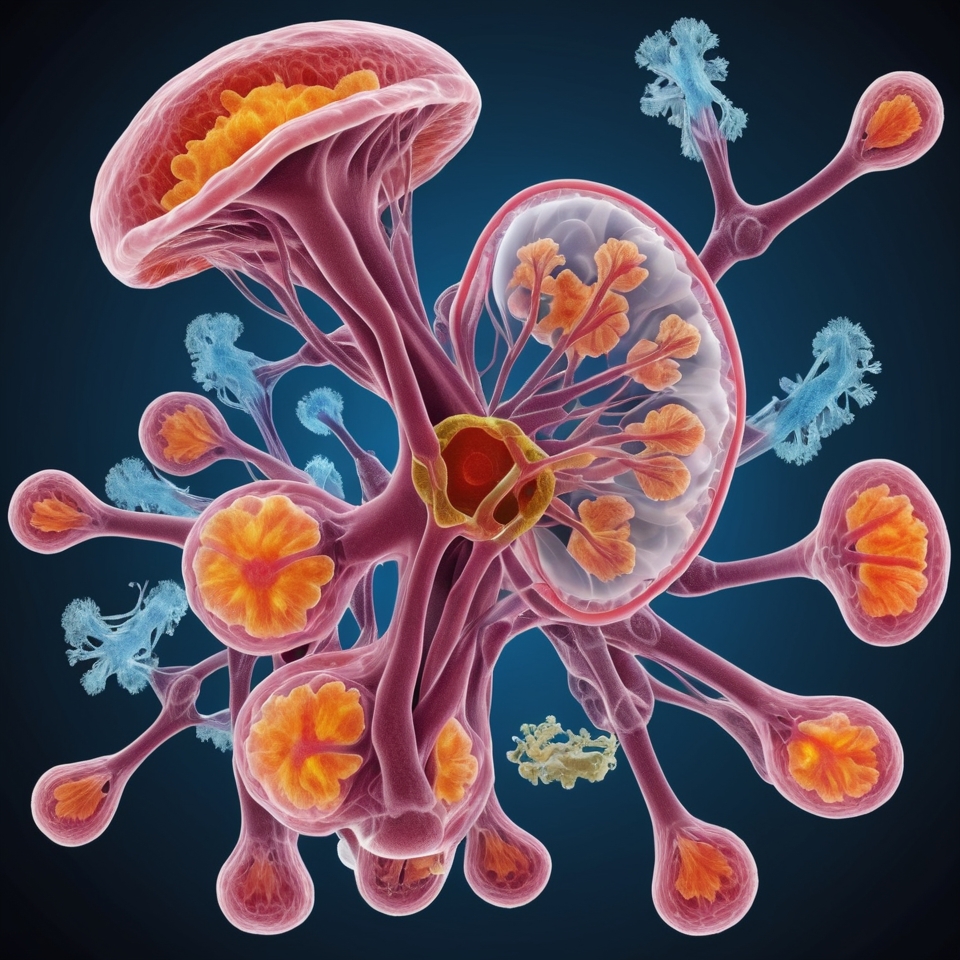Recent reports from across the United States indicate a significant spike in Walking Pneumonia cases, particularly affecting children and teenagers. This comprehensive guide will help you understand this respiratory condition and how to protect your family.
What is Walking Pneumonia?
Medically known as Mycoplasma pneumonia, it is a milder form of pneumonia caused by the bacterium Mycoplasma pneumoniae. Unlike traditional pneumonia, this can continue their daily activities even when suffering from it; hence, the name “walking.”
Current Outbreak Situation
According to the CDC, the number of cases of Walking Pneumonia has been on the rise since spring and continues into fall. This increase has been most significant among school-aged children, a population that also transmits the infection within their settings in the community.
Recognizing the Symptoms
The most common symptoms of Walking Pneumonia include:
- Persistent, deep cough
- Runny nose and sneezing
- Sore throat
- Fatigue
- Decreased appetite
- Red eyes (in some cases)
- Skin rashes
- Headaches
Age Groups Most Affected
Whereas it conventionally attacked children and teenagers within the 5-17 year bracket, recent trends show that it is now seen to hit pretty hard on the smaller kids falling within the 2-4 year bracket. Such a change in demographic trends has drawn the attention of the medical fraternity from all over the country.
Treatment and Management
Most cases of Walking Pneumonia can be managed at home with:
- Proper hydration
- Adequate rest
- Age-appropriate fever medication
- Honey for cough (for children over 1 year)
- Prescribed antibiotics (specifically macrolide antibiotics like Azithromycin)
Prevention Strategies
To minimize the risk of contracting Walking Pneumonia:
- Practice regular hand washing
- Cover mouth when coughing or sneezing
- Maintain good personal hygiene
- Keep children home when sick
- Follow proper quarantine guidelines
When to Seek Medical Attention
- Contact your healthcare provider if you notice:
- Fever lasting more than five days
- Difficulty breathing
- Signs of dehydration
- Unusual lethargy
Q1: How long is Walking Pneumonia contagious?
A: Patients can remain contagious for several weeks, even after symptoms improve.
Q2: Can you get Walking Pneumonia more than once?
A: Yes, it’s possible to contract Walking Pneumonia multiple times as immunity isn’t permanent.
Q3: How is Walking Pneumonia different from regular pneumonia?
A: Walking Pneumonia typically presents milder symptoms and doesn’t usually require hospitalization.
Q4: Does my child need antibiotics for Walking Pneumonia?
A: Yes, but specific antibiotics like Azithromycin are required, as common antibiotics like Amoxicillin aren’t effective.
Q5: When can children return to school after Walking Pneumonia?
A: Children can return to school after being fever-free for 24 hours without fever reducers, though some symptoms may persist.
With the winter respiratory season upon us, there has never been a better time to understand the infection known as Walking Pneumonia. This surge is concerning, but most cases remain mild and are usually responsive to good care. Keep in mind prevention vigilance and seeking medical attention where warranted. Understand symptoms and appropriate treatment protocols so that a family can, in turn, be well equipped to handle such a respiratory illness while halting the spread to communities.
So, it’s a good time to remind kids — and ourselves — to wash our hands and cover our coughs and sneezes. After all, winter respiratory virus season is just getting started.
CLICK HERE TO GET EARLY NEWS & JOBS UPDATE
Tags:
walking pneumonia, mycoplasma pneumonia, children respiratory illness, walking pneumonia symptoms, walking pneumonia treatment, mycoplasma pneumoniae
mycoplasma pneumonia
